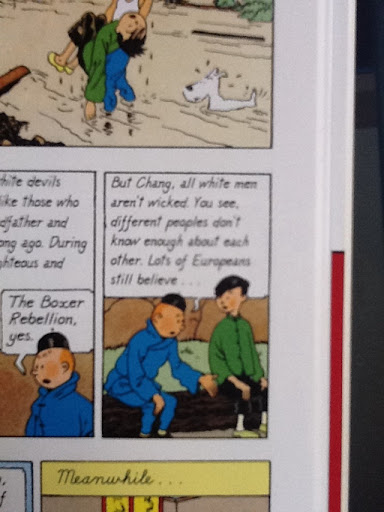Anyone who is passionate enough about art to aid and abet the theft of the Mona Lisa, blame it on Pablo Picasso while calling for the immolation of the Lourve has a complicated enough relationship with art to make his poetry at least worthy of a small consideration. Guillaume Apollinaire's legacy is probably the most widely felt as the man who coined the word "Surrealism" in reference to the Dada art movement and its offshoots.
One thing that I have noticed about Surrealist art is its incredible subjectiveness. The meaning and messages behind many of its pieces are so localized and particular to the personal situation of the artist that one must absolutely have some knowledge of the lifestyle and context of the artist in order to deduce any understanding of the piece.
The same is true of Apollinaire's poetry in his collection
Alcools.
I must confess that I do not understand much of his poems as they are so specific to him. However, some of the imagery he evokes in his writing is so beautiful and odd that I don't care if I know what he's talking about. FOR INSTANCE:
The horizon screams an eagle pouncing
And from America there comes a hummingbird
From China sinuous peehees
Who have one wing and who fly in couples
AND:
Christ's spinning halo spins forever
Behold the red lily of worship
Behold the red torch inextinguishable
Behold the pale son and scarlet of the dolorous Mother
Behold the tree forever tufted with prayer
Behold the double gallows of honor and eternity
Behold the six pointed star
Behold the God who dies on Friday and rises on Sunday
Behold the Christ who flies higher than aviators
He holds the world record for altitude
Oh, okay, one more:
The moon is honey on the mouths of madmen
The orchards are the towns are gluttons
Honeybees allegorize the constellations
Every moonbeam is a honeybeam now
Falling slowly an ooze from heaven
Incandescent honey drenches the trellises
And I am hiding I am pregnant with intrigue
In terror of the stinger of the great North Star
Who poured deceitful lights into my hands
Who stole the nectar from the compass rose
Oh, I'm a sucker for animating the inanimate!
Unfortunately for Guillaume, he died from post World War One Spanish Flu, which was probably very cliched for its time.




